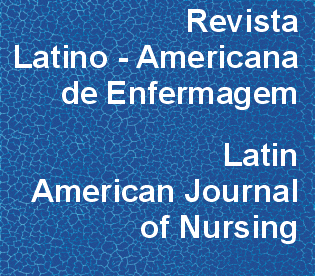Condition of cleanliness of surfaces close to patients in an intensive care unit
DOI:
https://doi.org/10.1590/S0104-11692011000300015Keywords:
Staphylococcus aureus, Equipment Contamination, Cross Infection, Methicillin Resistance, Housekeeping, HospitalAbstract
Surface cleaning is a well-known control procedure against the dissemination of microorganisms in the hospital environment. This prospective study, carried out in an intensive care unit over the course of 14 days, describes the cleaning/disinfection conditions of four surfaces near patients. In total, 100 assessments of the surfaces were carried out after they were cleaned. Three methods were used to evaluate cleanliness: a visual inspection, an adenosine triphosphate (ATP) bioluminescence assay and testing for the presence of Staphylococcus aureus and meticillin-resistant Staphylococcus aureus/MRSA. Respectively, 20%, 80% and 16% of the assessments by the visual method, ATP and the presence of Staphylococcus aureus/MRSA failed. There were statistically significant differences (p<0.05) between the rates of failure of the cleaning using the ATP method, compared to the visual and microbiological methods. The visual inspection was not a reliable measure to evaluate surface cleanliness. The results demonstrated that the adopted cleaning routine should be reconsidered.Downloads
Download data is not yet available.
Downloads
Published
2011-06-01
Issue
Section
Original Articles
License
RLAE’s authorship concept is based on the substantial contribution by each of the individuals listed as authors, mainly in terms of conceiving and planning the research project, collecting or analyzing and interpreting data, writing and critical review. Indication of authors’ names under the article title is limited to six. If more, authors are listed on the online submission form under Acknowledgements. The possibility of including more than six authors will only be examined on multicenter studies, considering the explanations presented by the authors.Including names of authors whose contribution does not fit into the above criteria cannot be justified. Those names can be included in the Acknowledgements section.
Authors are fully responsible for the concepts disseminated in their manuscripts, which do not necessarily reflect the editors’ and editorial board’s opinion.
How to Cite
Condition of cleanliness of surfaces close to patients in an intensive care unit . (2011). Revista Latino-Americana De Enfermagem, 19(3), 557-564. https://doi.org/10.1590/S0104-11692011000300015



